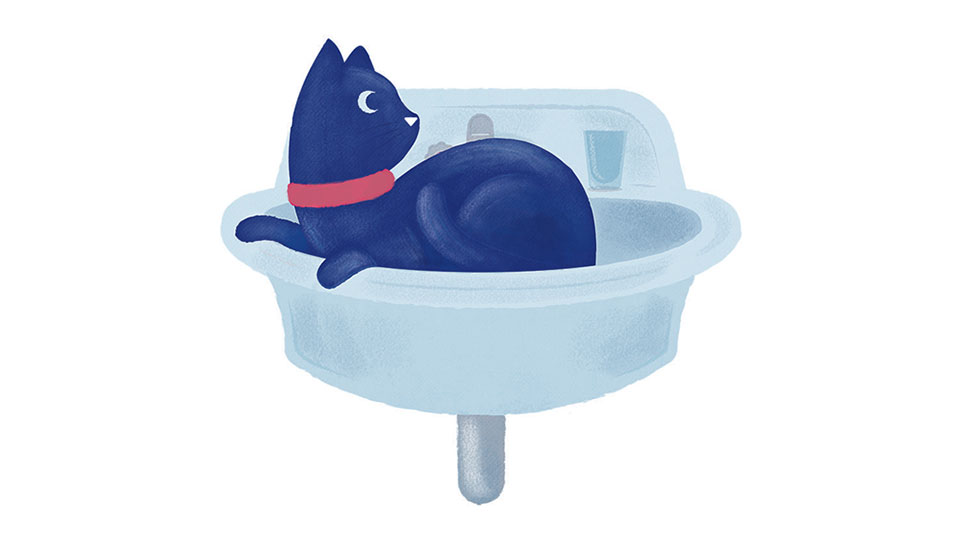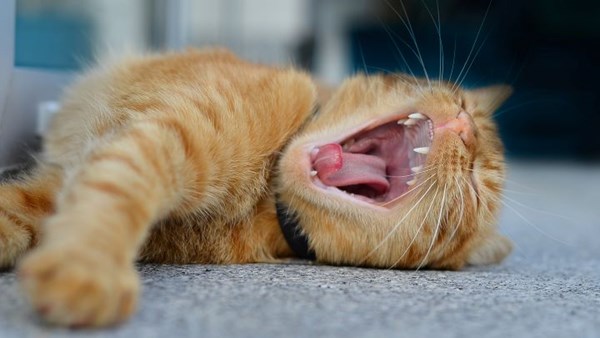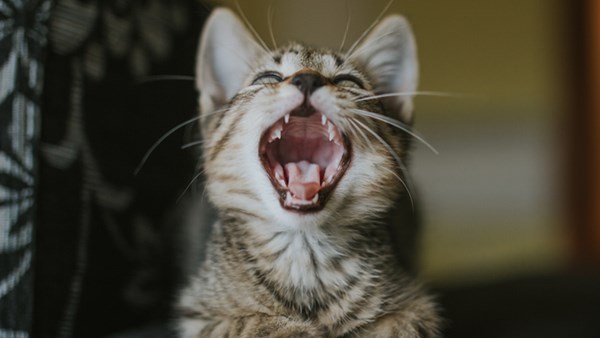How To Look After Your Cats Teeth
Cats can be fickle creatures, and you might think they’d never let you close enough to clean their teeth. But regular brushing is one of the best ways to support their overall wellbeing and it’s often easier to start the habit than you’d expect. Medivet is here to help with advice and routine dental care, so your cat can enjoy a lifetime of great oral health.
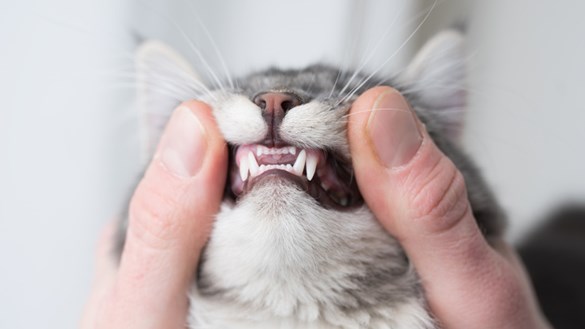
Understanding your cat’s dental health
Cats use their teeth to catch prey and their canines are essential for grabbing and holding objects, like toys, during play. As confirmed carnivores they’re used to tearing and shearing meat into smaller manageable pieces when they eat. They also use their teeth in self-defence, grooming, communication and social interaction with other cats. But it’s common for them to suffer from dental issues including tooth pain and dental disease just like their human owners.
Thorough dental care and regular cleaning can prevent tooth decay, keeping problems at bay or identifying them early on. Not only can regular dental care reduce the risk of problems it can significantly improve your cat’s quality of life.
Common cat teeth problems
Cats often hide signs of pain and discomfort, making it hard to know when they’re suffering.
It’s really important to keep on top of your cat’s dental care so problems can be dealt with swiftly. Regular toothbrushing and check-ups can help reduce the risk and keep your cat’s mouth healthy and pain-free. Here are some of the most common problems your pet may face:
Periodontal disease
The most common dental issue for cats is periodontal disease which is caused by a build-up of plaque and tartar. This leads to inflammation of the gums (gingivitis) .
Tooth resorption
This is a painful condition where the tooth structure breaks down or “resorbs”, often starting at the root and progressing to the crown. As it progresses the affected tooth will weaken, fracture and may be entirely replaced by bone which can be very painful for your cat.
The exact cause isn’t known but it’s thought to be linked to genetic factors, inflammation and diet. It’s more common in cats as they age. Tooth resorption is progressive, so treatment often involves extraction of the affected tooth to relieve pain. Taking your cat for routine check-ups is essential because resorption can’t be reversed.
Gingivitis
Gingivitis is the early stage of gum disease caused by a build-up of plaque along your cat’s gumline. You might notice they have red or swollen gums which bleed, particularly during eating or brushing. The good news is it can easily be reversed with regular brushing and dental cleaning.
Fractured teeth
Your cat can break their teeth through trauma or by chewing on hard objects, which can lead to pain and infection. Your vet will need to assess the tooth with x-rays and depending on the severity of the damage they may need to perform an extraction or try and save the tooth with a root canal.
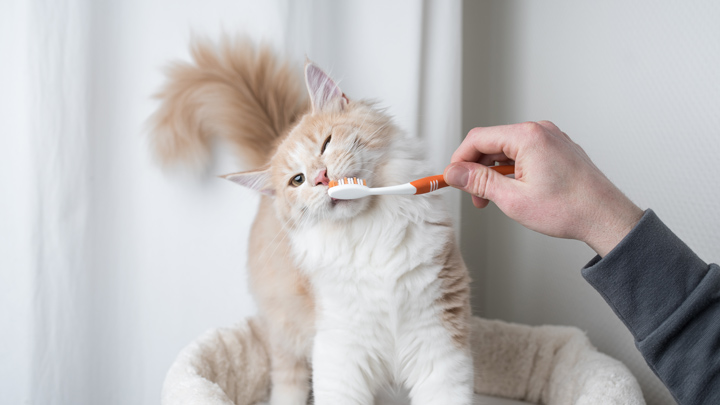
Symptoms of dental issues in cats
Figuring out if your cat has a dental problem isn’t always easy because they’re good at masking discomfort. There are signs though that they’re in pain and if you spot them it’s best to take them to your vet for a check-up.
- Bad breath
- Difficulty eating or dropping food
- Pawing at their mouth or face
- Swollen, red and bleeding gums
- Excessive drooling
- Tooth discolouration or visible tartar
- Reduced grooming
- Behavioural changes such as increased irritability or decreased playfulness
Taking care of your cat’s dental health
If you get into good habits cleaning your cat’s teeth you can cut the chances of your cat suffering dental problems as they age.
Brushing teeth
Brush your cat’s teeth daily with cat-friendly toothpaste. This can be easier than you think and lots of cats are receptive to a toothbrush. Still, if you’ve never done it before a gentle approach is best. Take it slowly and get them used to having their teeth touched. Start with your finger before graduating to a cat toothbrush and reward them after each time.
Teeth-friendly diet
Giving your cat a nutritious and healthy diet supports your cat’s dental health by reducing plaque and tartar build-up. Dry food and dental treats can promote chewing and natural scraping while avoiding sugary foods can limit the bacteria in the mouth which can lead to gum disease.
Regular vet dental checks and cleaning
Regular vet visits and professional dental cleaning are essential in the fight against cat dental disease. Your vet will be able to spot the early signs before they become more severe problems. Routine care keeps your cat’s mouth healthier, leading to a pain-free and better quality of life.
Other cat dental products
You can support your cat’s oral health with products such as chew toys which promote chewing and clean the teeth naturally. Dental treats are also designed to clean your cat’s teeth as they chew and may contain ingredients to promote dental health. Water additives can reduce bacteria and freshen breath while dental gels and sprays applied directly to the gums can support dental care.
Nutrition and diet for healthy teeth
Including foods that reduce plaque and tartar build-up can keep teeth and gums healthier. High-quality, dental-approved dry food can scrape the teeth while some meats that require chewing can have a similar effect. Avoid sugary foods which encourage bacterial growth in the mouth and instead stick to nutritious high protein options.
It’s fine to add wet food to your cat’s diet and it can be softer on the teeth but be sure to balance this with regular dental care to avoid plaque build-up.
Bad breath in cats
Bad breath (halitosis) isn’t pleasant for anyone but if your cat’s breath is on the whiffy side it could be sign of dental problems such as plaque or tartar build-up. Persistent bad breath can be a symptom of more serious issues like infection or tooth resorption. It can also be a sign of underlying health issues like kidney disease or diabetes. If you’re worried about your cat’s breath you should see your vet to get more serious issues ruled out.
The importance of regular check-ups
Taking your cat for regular check-ups can help your vet to identify problems early on. They can check for signs of disease and offer professional cleaning to keep your feline’s teeth in top condition.
If you get into good habits now you can stop your cat suffering dental problems as they age and keep their teeth healthy for years to come. Schedule regular check-ups and follow your vet’s advice to keep your cat healthy and problem-free.
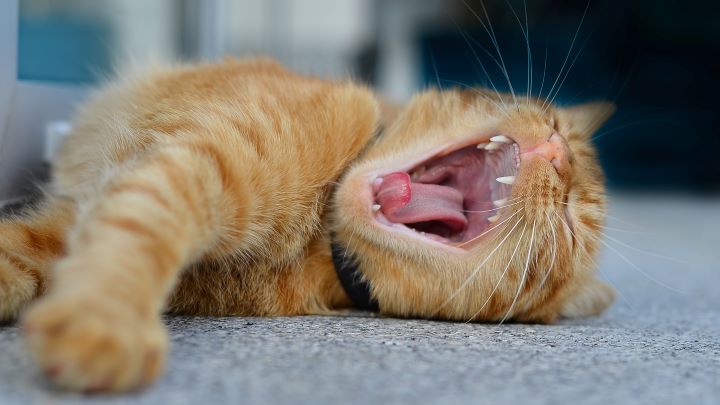
FAQs
Is dental care necessary for cats?
Absolutely! They’re no different to us. Good oral care will stop gum disease and cavities forming while lack of oral care can lead to painful infections, health problems and tooth extractions.



